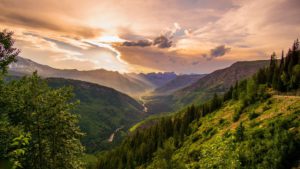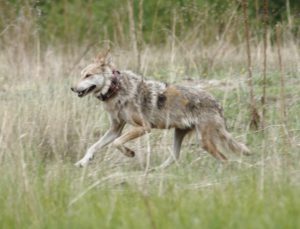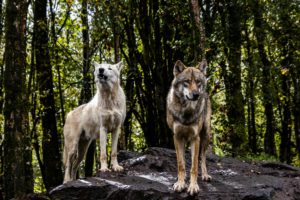
For a decade I have watched and complained as hordes of domestic sheep are annually run across melting snowbank areas in the Jarbidge country of the northern Humboldt-Toiyabe Forest. Untold thousands (millions?) of hoofprints compact and pock soils, and destroy newly emerging plants. Such damaging practices are well-known in the earlier range literature to denude, erode, gully, generally dry up and desertify headwaters.
In the arid West moisture dictates all. Prevailing winter winds blow snow across sagebrush plateaus and ridges. At the leeward edge, below rimrocks and upper slopes, this drifted snow accumulates in packed drifts. It persists into summer, slowly melting. The melting drifts can support diverse native plant communities. While grasses in the surrounding sagebrush uplands are already tan and dry, spring in the snow pocket comes in late July or even August. Rivulets of cool melt water feed stream networks.

Laxly controlled sheep (and cattle) turned out on this “range” gravitate towards headwater snow pockets. The damage to soils and plants that this causes is forgotten by the current crop of agency range conservationists. Some of the agencies would say the earth is flat if the ranchers wanted them to. Agencies go to extraordinary means to cover up and deny the obvious effects of livestock grazing on the public’s land and water — and now to the atmosphere as well.
Increasingly, science shows the devastating contribution of livestock to global warming. It’s not only the methane, with many times the global warming effect of CO2, it’s also the effects of livestock grazing and trampling on the land making grazed areas hotter and drier – i. e. desertification of public lands.

This May, I asked the Forest Service if sheep were again to be turned out on top of the melting snow pocket gullies in the Jarbidge. The reply was: “We’ve told you, nothing grows there. Besides, the sheep don’t go there anyway.” I decided it was time to end this willful agency ignorance once and for all. So I asked an experienced sedimentation geologist to come take a look. Don and Joyce Clarke graciously obliged. The photos show what we found.

Startling remnant emerald green ferns … Ferns, tough enough plants to have survived since the days of the dinosaurs, and other perennial native plants. From sedges to asters to lupines to aspen newly emerging from under snow being ground into dirt … sheep manure polluting the very headwater snowmelt runoff. Instead of freshets of cold pure snowmelt water, we see muddy bacteria-laden murk with soils barren, baking hot to the touch and gaping gullies. In the 21st century, with the planet facing growing water shortages and the peril of climate change – isn’t it time to end this public lands grazing madness and wanton destruction once and for all.

Katie Fite is WWP’s Biodiversity Director. She lives in Boise, Idaho.
Consider becoming a member of Western Watersheds Project by signing up on our secure online donation page






